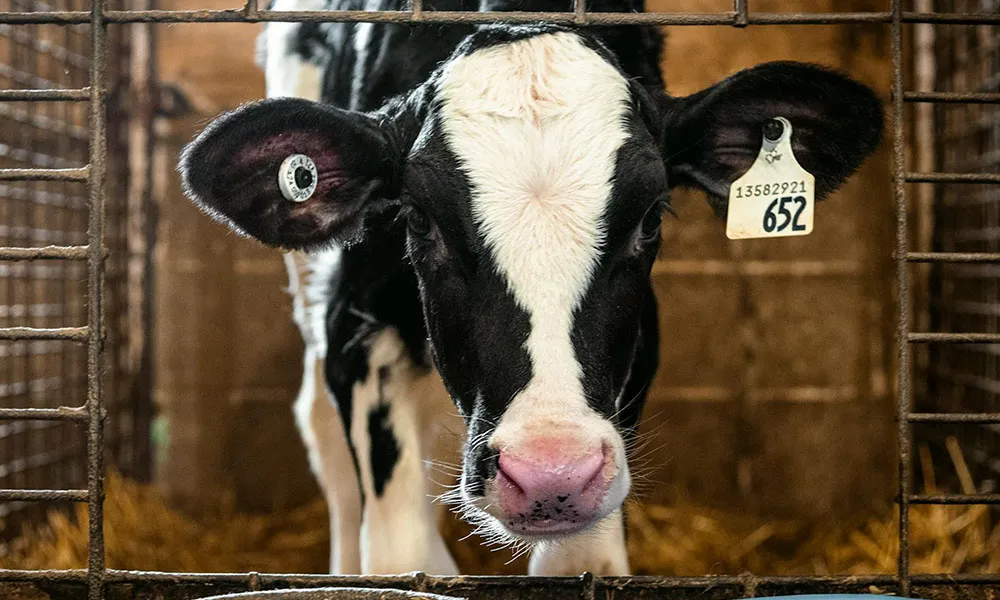Late turn-out anticipated?
With heavy rain battering the country in recent weeks, hopes of an early turn-out have been shattered. Most farmers I talk to believe it will be well into April before they can graze animals on spring grass. A longer housing season is an inconvenience, to be sure. It inevitably leads to increasing costs and, perhaps more frustratingly, poses potential risks to livestock health.
Chief among these is the threat of coccidiosis in calves. Coccidiosis is usually contracted while calves are housed. The problem is particularly severe where good hygiene practices are not observed.
Coccidiosis: what is it and how can we prevent it?
Coccidiosis is caused by single-celled parasites called protozoa. While adult cattle tend to acquire immunity to the disease over time, young calves have no such immunity. Because calves' immune systems have not dealt with the parasite before, they are vulnerable to infection and are even liable to die from it.
It is important to remember that protozoa eggs (oocytes) are passed out on the dung of infected animals. This means that regular cleaning of pens is essential for preventing the spread of infection. Faecal matter should be cleared from sheds regularly. It is especially important to keep dung away from areas where calves eat and drink.
In addition to this, you should disinfect your pens regularly with a disinfectant of your choice. The strength and effectiveness of disinfectants vary greatly, however, so you should always consult with your vet before choosing a product for this purpose.
If you are very concerned about the threat of coccidiosis in your calves, you may wish to place a bucket of
Coxxicalf in the pen with calves.
Coxxicalf is based on seaweed, yeast and essential oils that will help to improve weanlings' digestion, reduce protein degradability, and improve immunity to coccidiosis.
Proliferation and symptoms
Unhygienic housing conditions allow protozoa to proliferate. Larger numbers of these parasites in the shed increases the likelihood that calves will ingest them, leading to severe health complications. Calves that have been infected with protozoa are most likely to show symptoms from their third week of life.
The classic symptoms of coccidiosis is watery scour. This is because the parasites feed on the mucosal wall of the intestine and damage it. When the intestines are harmed in this way, it becomes difficult for the animal to absorb the fluid and nutrients it needs to survive. Inevitably, the calf will become dehydrated. In more severe cases, the animal will pass blood. As the condition worsens, the calf will be weak and may struggle to stand or walk.
Some coccidiosis infections are less severe and present as a chronic lack of thrive. These cases often go unnoticed, but they do prevent calves from fulfilling their potential in terms of size, strength and vitality.
Coccidiosis may impact calves until they are around six months old, at which point they can be expected to develop immunity.
Treating Coccidiosis
Herds that have had coccidiosis cases in the past should be watched closely. Where necessary, intervention should be provided. The usual treatment for the condition is a dose containing diclurazil (
Vecoxan or Dycoxan) or toltrazuril (
Bovicox or
Chanox). It is important not to overdose with these products, and they should always be administered in line with the manufacturer's instructions. Generally, between 20ml and 30ml will suffice.


